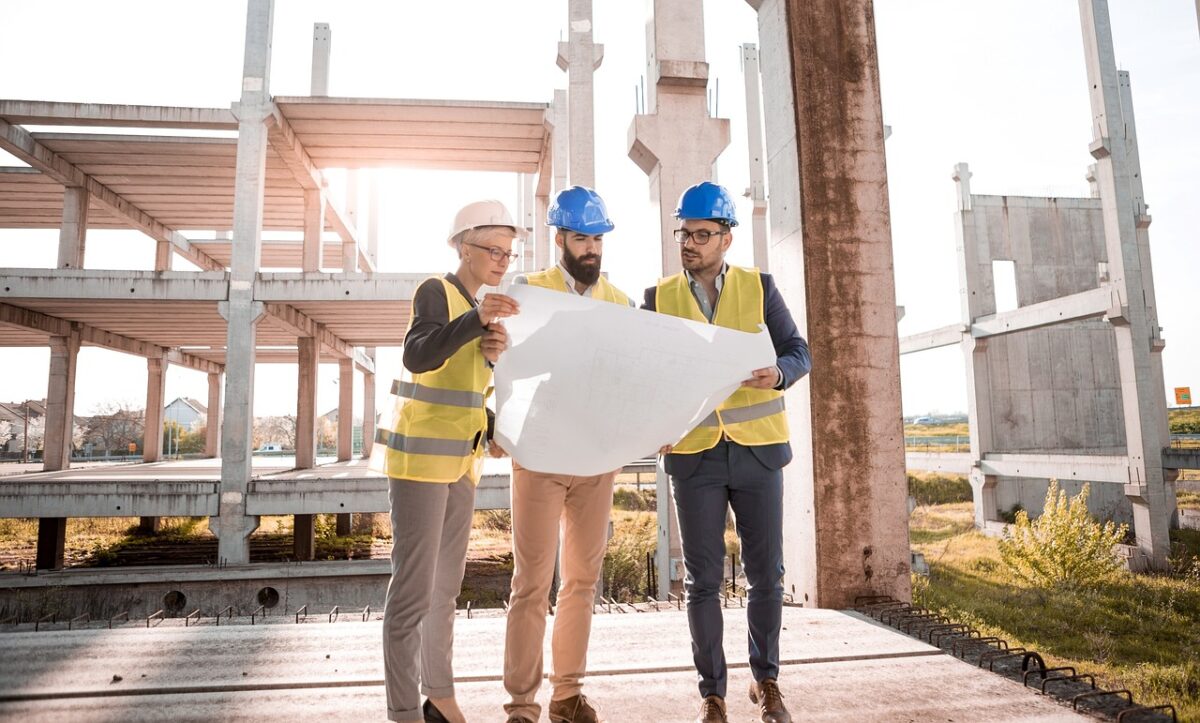-
Table of Contents
- Architect Historic Preservation
- The Importance of Historic Preservation
- Methodologies in Historic Preservation
- Case Studies in Historic Preservation
- The Colosseum, Rome
- The High Line, New York City
- The Alhambra, Spain
- Challenges in Historic Preservation
- Technological Advances in Preservation
- The Role of Community in Preservation
- Conclusion
Architect Historic Preservation
Architect historic preservation is a field dedicated to the protection, conservation, and restoration of buildings and sites of historical significance. This practice not only safeguards cultural heritage but also contributes to sustainable development by repurposing existing structures. This article explores the various facets of architect historic preservation, including its importance, methodologies, and notable examples.
The Importance of Historic Preservation
Historic preservation plays a pivotal role in maintaining the cultural and architectural heritage of a community. It provides a tangible connection to the past, fostering a sense of identity and continuity. Preserved buildings often become landmarks that attract tourism, thereby boosting local economies. Additionally, the practice promotes sustainability by reducing the need for new construction materials and minimizing waste.
Methodologies in Historic Preservation
Several methodologies are employed in historic preservation, each tailored to the specific needs of the structure and its historical context. These methodologies include:
- Restoration: This involves returning a building to its original state, often using materials and techniques from the period in which it was built.
- Rehabilitation: This approach adapts a building for modern use while preserving its significant historical features.
- Conservation: This focuses on maintaining and stabilizing a structure to prevent further deterioration.
- Reconstruction: This involves rebuilding a lost or severely damaged structure based on historical documentation.
Case Studies in Historic Preservation
The Colosseum, Rome
The Colosseum in Rome is a prime example of successful historic preservation. Originally constructed in 70-80 AD, this ancient amphitheater has undergone numerous restoration projects to address damage from natural disasters and human activity. Modern preservation efforts have focused on stabilizing the structure, restoring damaged sections, and improving visitor access while maintaining the site’s historical integrity.
The High Line, New York City
The High Line in New York City showcases the adaptive reuse aspect of historic preservation. Once an elevated railway track, it has been transformed into a public park that retains elements of its industrial past. This project has revitalized the surrounding area, attracting millions of visitors annually and spurring economic development.
The Alhambra, Spain
The Alhambra in Granada, Spain, is a testament to the importance of meticulous conservation. This palace and fortress complex, dating back to the 13th century, has been the focus of extensive preservation efforts. These efforts have included structural stabilization, restoration of intricate tile work, and the implementation of measures to protect the site from environmental damage.
Challenges in Historic Preservation
Historic preservation is not without its challenges. These can include:
- Funding: Securing adequate financial resources for preservation projects can be difficult, particularly for privately owned structures.
- Balancing Modern Needs: Adapting historic buildings for contemporary use while preserving their historical features requires careful planning and innovative solutions.
- Environmental Factors: Natural disasters, climate change, and pollution can pose significant threats to historic structures.
- Regulatory Hurdles: Navigating the complex web of local, national, and international regulations can be time-consuming and challenging.
Technological Advances in Preservation
Advancements in technology have significantly impacted the field of historic preservation. Some of these innovations include:
- 3D Scanning and Printing: These technologies allow for precise documentation and replication of architectural details, facilitating accurate restorations.
- Building Information Modeling (BIM): BIM software helps in creating detailed digital representations of historic structures, aiding in planning and management.
- Non-Destructive Testing (NDT): NDT methods, such as ground-penetrating radar and infrared thermography, enable the assessment of a building’s condition without causing damage.
- Virtual Reality (VR): VR can be used to create immersive experiences that educate the public about historic sites and their preservation.
The Role of Community in Preservation
Community involvement is a cornerstone of successful historic preservation. Engaging local residents in preservation efforts fosters a sense of ownership and pride in their heritage. Public awareness campaigns, educational programs, and volunteer opportunities can all contribute to a community’s commitment to preserving its historical assets.
Conclusion
Architect historic preservation is a multifaceted field that plays a vital role in safeguarding our cultural and architectural heritage. Through various methodologies, innovative technologies, and community involvement, historic preservation not only protects the past but also enriches the present and future. By examining notable examples and understanding the challenges and advancements in the field, we gain a deeper appreciation for the importance of preserving our shared history.
